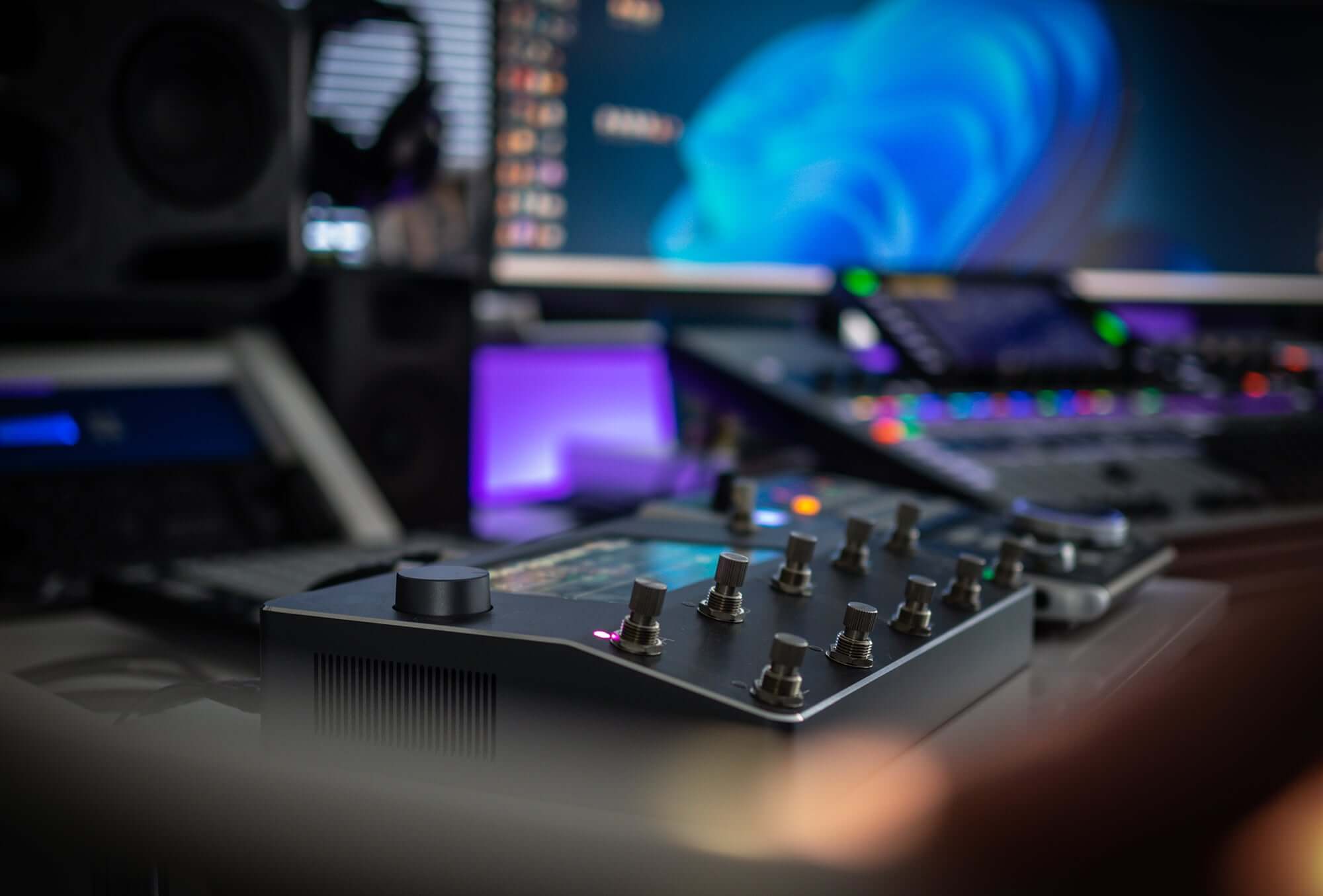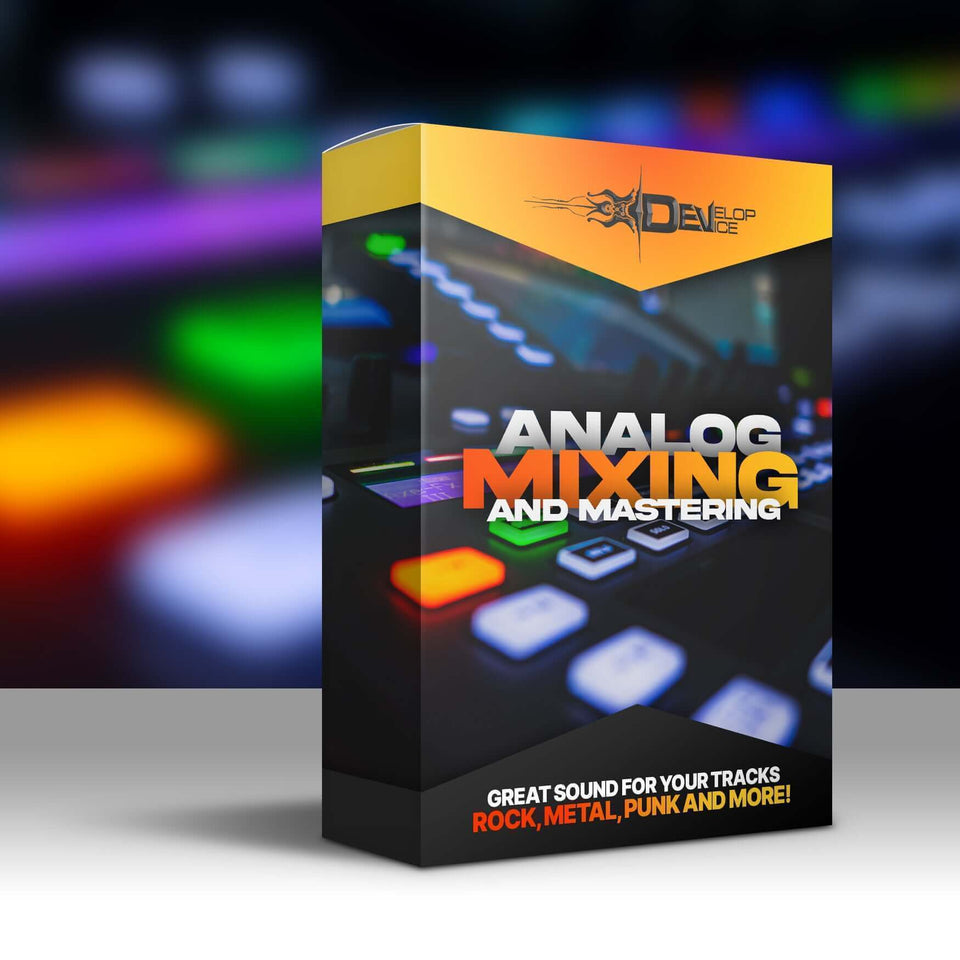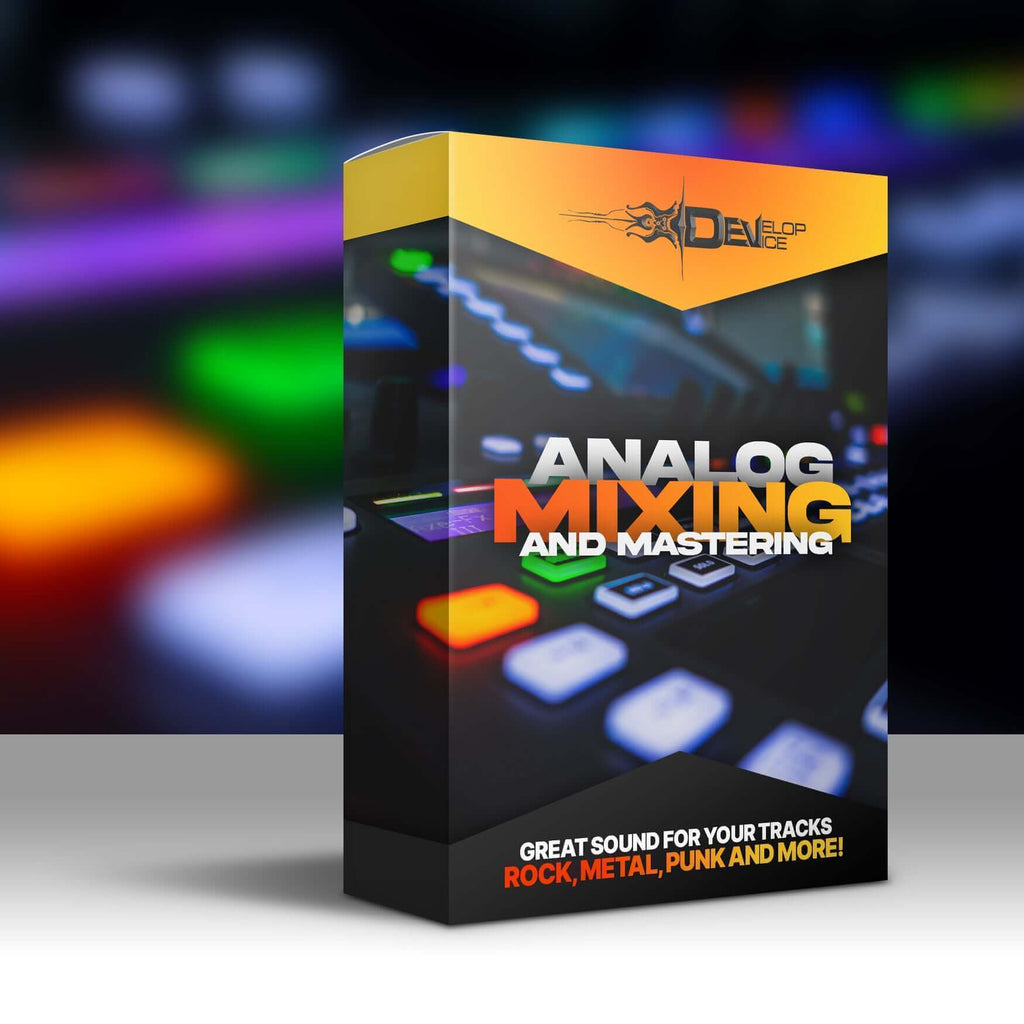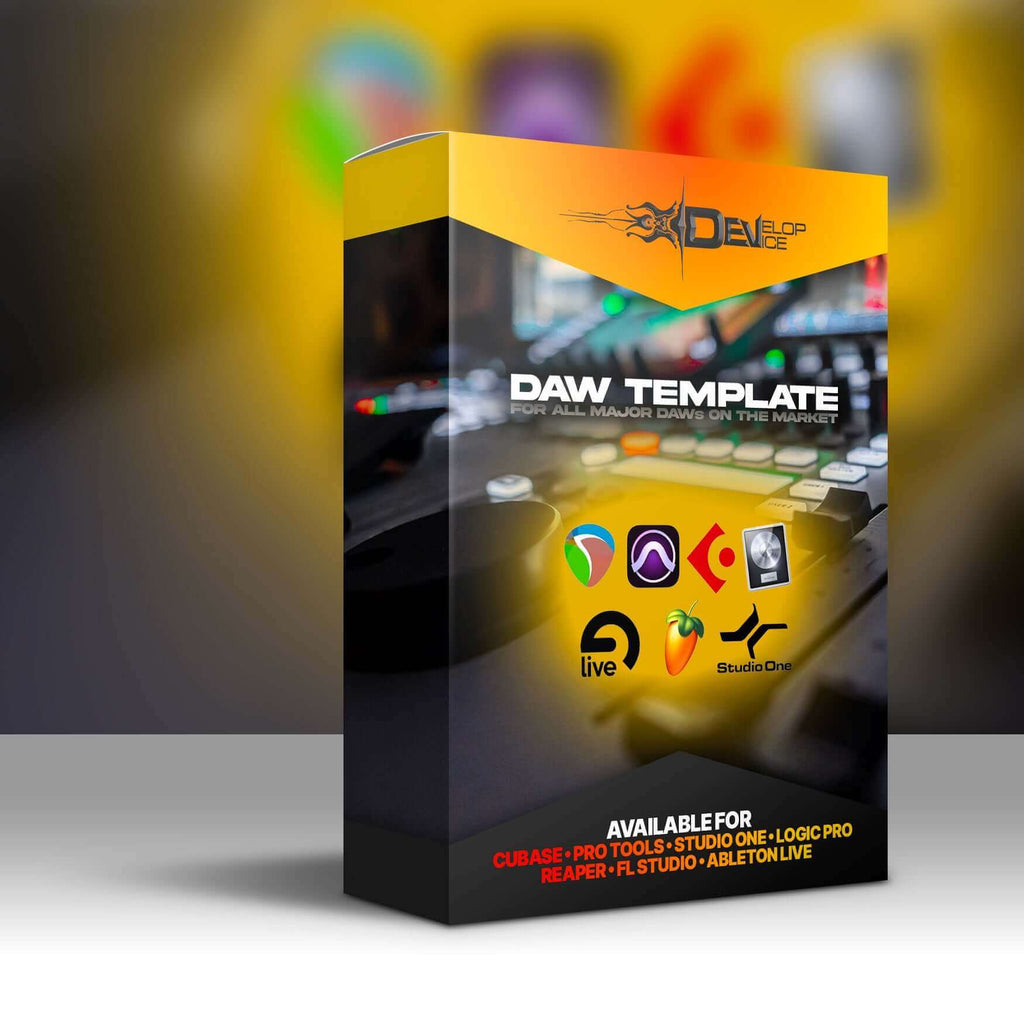Advantages and Disadvantages of Digital Modelers: Fractal Audio Axe-FX III vs. Neural DSP Quad Cortex

In the world of guitar effects and amp simulation, digital modelers have revolutionized the way musicians create and manipulate their sound. Two standout products in this category are the Fractal Audio Axe-FX III and the Neural DSP Quad Cortex. Both are top-tier units that offer unparalleled flexibility and quality, but each comes with its own set of strengths and weaknesses. This article aims to provide a comprehensive comparison of these two powerhouse devices, helping musicians make an informed decision about which modeler best suits their needs.
Overview of Fractal Audio Axe-FX III
The Fractal Audio Axe-FX III is a high-end digital effects processor and amp modeler known for its incredible versatility and sound quality. It has been a favorite among professional musicians and producers for its detailed and realistic amp simulations, extensive effects library, and powerful processing capabilities.
Key Features
- Extensive Amp Models: The Axe-FX III boasts over 270 amp models, meticulously recreated to capture the nuances and character of the original amplifiers.
- High-Quality Effects: With over 220 effects, including reverb, delay, modulation, and more, the Axe-FX III offers a vast palette for sonic creativity.
- User Interface: The unit features a large color display, intuitive interface, and robust editing software (Fractal-Bot and Axe-Edit) for deep editing capabilities.
- I/O Options: It provides a comprehensive range of input and output options, including balanced XLR outputs, MIDI, USB, and multiple expression pedal inputs.
- CPU Power: The dual DSP architecture allows for complex signal chains without compromising performance.
Overview of Neural DSP Quad Cortex
The Neural DSP Quad Cortex is a newer entrant in the digital modeler market but has quickly gained a reputation for its innovative features and user-friendly design. It is celebrated for its advanced neural capture technology and impressive processing power.
Key Features
- Neural Capture Technology: The Quad Cortex can accurately capture and recreate the sound of any amp, pedal, or rig with stunning accuracy.
- Touchscreen Interface: It features a large, multi-touch display that simplifies navigation and editing, making it one of the most user-friendly modelers available.
- High-Quality Effects and Models: The unit includes a wide range of high-quality effects and amp models, with regular updates and additions from Neural DSP.
- Compact Design: Despite its powerful capabilities, the Quad Cortex is relatively compact and portable, making it ideal for both studio and live use.
- Connectivity: It offers a variety of I/O options, including XLR, MIDI, USB, and WiFi for wireless updates and backups.
Sound Quality and Amp Modeling
When it comes to sound quality, both the Axe-FX III and Quad Cortex are at the top of their game. However, there are some differences that might make one more appealing than the other, depending on your needs.
Axe-FX III
The Axe-FX III is renowned for its realistic and dynamic amp models. Each model is designed to react and respond like the actual amp, providing an authentic playing experience. The detail and precision of the simulations are a result of Fractal Audio's meticulous approach to amp modeling, which includes component-level modeling and extensive testing.
Quad Cortex
The Quad Cortex's neural capture technology is a standout feature that sets it apart. This technology allows users to capture the exact sound and behavior of their own amps and pedals, creating highly personalized models. The captures are incredibly detailed and accurate, making it possible to replicate unique tones with precision. Additionally, Neural DSP's own amp models and effects are of exceptionally high quality, making the Quad Cortex a versatile tool for any musician.
Effects and Flexibility
Both modelers offer extensive effects libraries and routing options, but they approach flexibility in slightly different ways.
Axe-FX III
With over 220 built-in effects, the Axe-FX III provides an almost limitless range of sonic possibilities. The effects are of studio-quality, and the unit's powerful CPU allows for complex signal chains with multiple effects running simultaneously. The Axe-FX III also includes a sophisticated routing matrix, enabling users to create intricate setups with parallel and serial signal paths.
Quad Cortex
The Quad Cortex also offers a wide array of high-quality effects, with new additions regularly provided through firmware updates. Its touchscreen interface makes it easy to drag and drop effects, create complex signal chains, and adjust parameters on the fly. The Quad Cortex's compact design does not compromise its flexibility, as it supports multiple signal paths and extensive routing options.
User Interface and Usability
A significant factor in choosing a digital modeler is the user interface and overall usability. Musicians need a device that is not only powerful but also easy to navigate and control, whether in the studio or on stage.
Axe-FX III
The Axe-FX III features a large color display and an intuitive front panel layout, making it easier to navigate compared to previous versions. However, the true power of the Axe-FX III's usability comes from its companion software, Axe-Edit, which offers deep editing capabilities and a graphical interface for building and tweaking presets. For those who prefer hands-on control, the unit's front panel controls and rotary encoders provide comprehensive access to all functions.
Quad Cortex
The Quad Cortex's touchscreen interface is a game-changer in terms of usability. The multi-touch display allows for intuitive control, similar to using a smartphone or tablet. Editing presets, adjusting parameters, and navigating menus is straightforward and fast. This user-friendly design reduces the learning curve and makes it easy to dial in tones quickly, whether in the studio or on stage.
Connectivity and Integration
Modern digital modelers need to integrate seamlessly with various equipment and software. Both the Axe-FX III and Quad Cortex offer extensive connectivity options, but there are some differences worth noting.
Axe-FX III
The Axe-FX III excels in connectivity with a comprehensive array of I/O options. It includes balanced XLR and 1/4" outputs, multiple expression pedal inputs, MIDI In/Out/Thru, and USB connectivity for audio interface functionality and firmware updates. This makes it highly versatile for both studio and live applications. Additionally, the Axe-FX III can function as a high-quality audio interface, providing direct recording capabilities with excellent sound quality.
Quad Cortex
The Quad Cortex also offers a robust set of connectivity options, including XLR and 1/4" outputs, MIDI, USB, and WiFi. The inclusion of WiFi is particularly noteworthy, as it allows for wireless firmware updates, preset sharing, and cloud backups. This adds a layer of convenience that is not present in the Axe-FX III. The Quad Cortex's compact design does not compromise its connectivity, making it suitable for a wide range of setups.
Community and Support
Having access to a supportive community and reliable customer service is crucial for getting the most out of any digital modeler. Both Fractal Audio and Neural DSP have strong reputations in this regard.
Fractal Audio
Fractal Audio has built a large and active community of users who share presets, tips, and advice on various forums and social media platforms. The company's customer support is highly regarded, with a reputation for quick and helpful responses. Additionally, Fractal Audio regularly releases firmware updates that improve performance and add new features, ensuring that the Axe-FX III remains at the cutting edge of technology.
Neural DSP
Despite being a newer company, Neural DSP has quickly established a loyal following. The Quad Cortex benefits from a growing community of users who actively share captures, presets, and tips. Neural DSP is known for its excellent customer support and responsiveness to user feedback. The company frequently releases firmware updates that enhance the functionality and expand the capabilities of the Quad Cortex.
Price and Value
Price is always a consideration when investing in high-end gear. Both the Axe-FX III and Quad Cortex are premium products with corresponding price tags, but they offer significant value for the money.
Axe-FX III
The Axe-FX III is generally priced higher than the Quad Cortex, reflecting its extensive features and powerful hardware. For professional musicians and producers who require the highest level of performance and flexibility, the Axe-FX III represents an excellent investment. Its robust construction, superior sound quality, and comprehensive feature set justify the cost.
Quad Cortex
The Quad Cortex is competitively priced, offering exceptional value given its advanced features and user-friendly design. Its lower price point compared to the Axe-FX III makes it an attractive option for musicians who want top-tier performance without breaking the bank. The Quad Cortex's innovative neural capture technology and touchscreen interface provide a unique set of benefits that enhance its value proposition.
Conclusion
Choosing between the Fractal Audio Axe-FX III and the Neural DSP Quad Cortex ultimately depends on individual needs and preferences. Both modelers are outstanding tools that offer unparalleled sound quality, flexibility, and usability.
-
Axe-FX III: Ideal for those who need extensive amp and effects libraries, deep editing capabilities, and robust connectivity options. It is a perfect choice for professional musicians and producers who demand the highest level of performance and are willing to invest in a premium product.
-
Quad Cortex: Best suited for users who value user-friendly interfaces, cutting-edge capture technology, and portability. Its competitive pricing and innovative features make it an excellent choice for musicians who want top-tier performance with ease of use.
Both devices have their unique strengths, and either choice will provide a powerful tool for creating and manipulating sound. Whether opting for the proven capabilities of the Axe-FX III or the innovative features of the Quad Cortex, musicians can be confident in their investment in either of these exceptional digital modelers.










Leave a comment
All comments are moderated before being published.